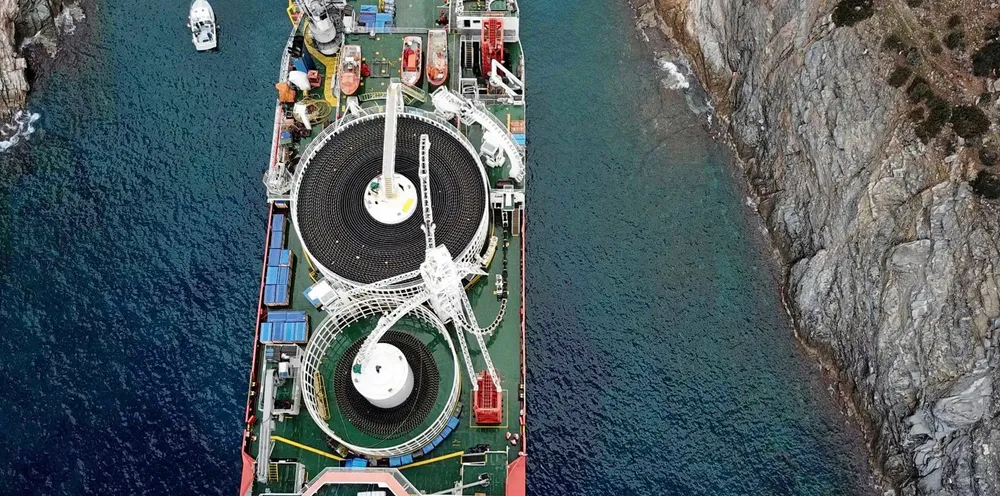First 'Made in America' offshore cable deal on table as Orsted puts wind in Skipjack sails
Danish sector pacesetter proposes to build manufacturing facility in Maryland with Hellenic Cables as part of $400m capital spend in state's supply chain

Global offshore wind power pacesetter Orsted has sweetened its bid to build the 840MW Skipjack 2 project in the US Atlantic with the promise of $400m in capital investments in the state of Maryland, including a first-of-its-kind cable manufacturing facility that would generate hundreds of local jobs and help close a crucial gap in sector’s nascent supply chain.
The Danish developer has proposed to tie up with Greek contractor Hellenic Cables for the $140m facility, which would be located next to the planned wind hub at the Tradepoint Atlantic industrial centre in Baltimore, with the aim of producing up to 1,000km of inter-array lines a year for its upcoming projects.
“These investments are further demonstration of Orsted’s broader perspective and interest in establishing Maryland as a key contributor to the broader US offshore wind industry to ensure sustainable economic impact and jobs,” David Hardy, CEO of Orsted North America, told the MPSC at a hearing on the project in August.
Economies of scale
The move underlines Orsted’s commitment to not only win the Skipjack 2 project but to take advantage of economies of scale throughout the US sector, as the developer has the largest project pipeline in the region at 4.1GW and is expanding its manufacturing footprint throughout the northeast.
Combined with rising demand for fibre-optic cables, “you could say that it is a golden era for cable suppliers,” said Fløtre. However, the market remains tight as the sector is dominated by only a handful of players, including Nexans, Prysmian, NKT and JDR Cables.
Athens-based Hellenic Cables, a subsidiary of Cenergy Holdings, has not been among the larger players in the sector but has recently made strong strides forward in the market, including winning its biggest contract ever for 650km of 66kV inter-array cables for the UK’s giant Dogger Bank offshore wind farm phases A & B, via construction contractor DEME.
Fløtre suggested that the investment in a US-based Hellenic plant could also play into the developer’s strategy “to increase competition and cut costs in the longer term”, noting “Orsted’s choice of Hellenic Cables… may also be due to a desire from Orsted to increase their bargaining power in the cable sector, by making the market more distributed.”
More players in an industry that will see rapidly rising demand may prove to be the hedge that Orsted needs to ensure the long-term viability of its project pipeline.